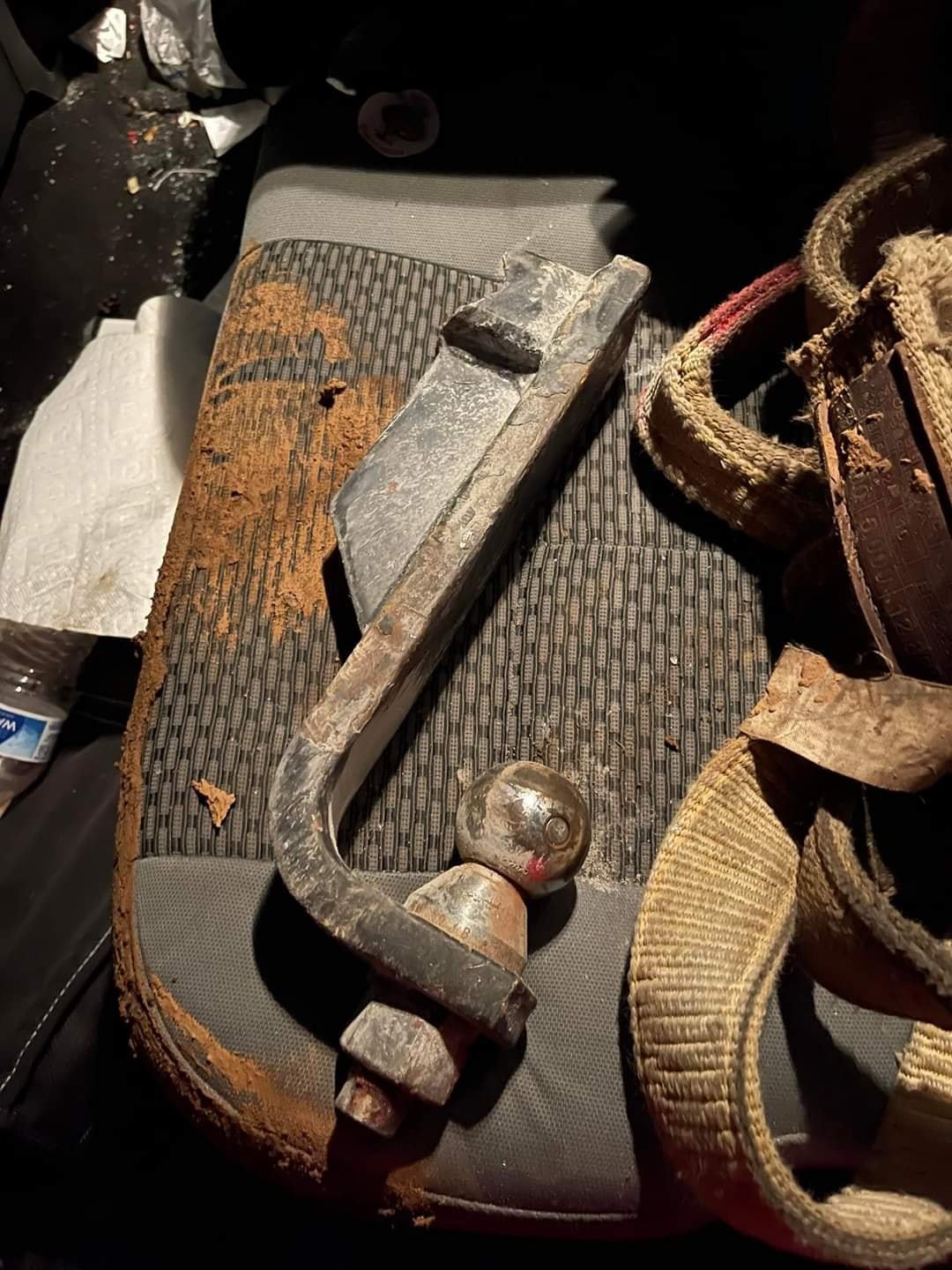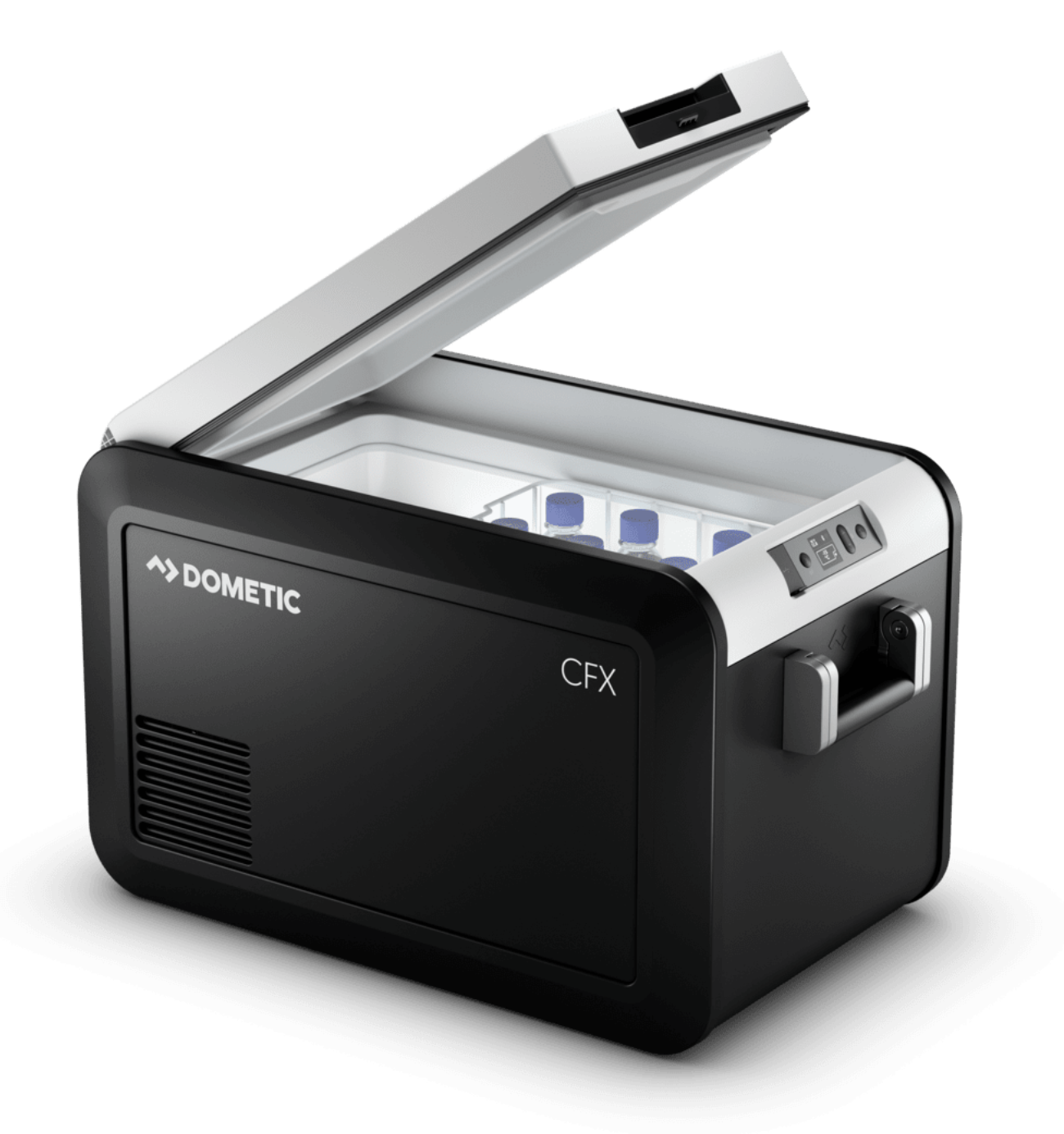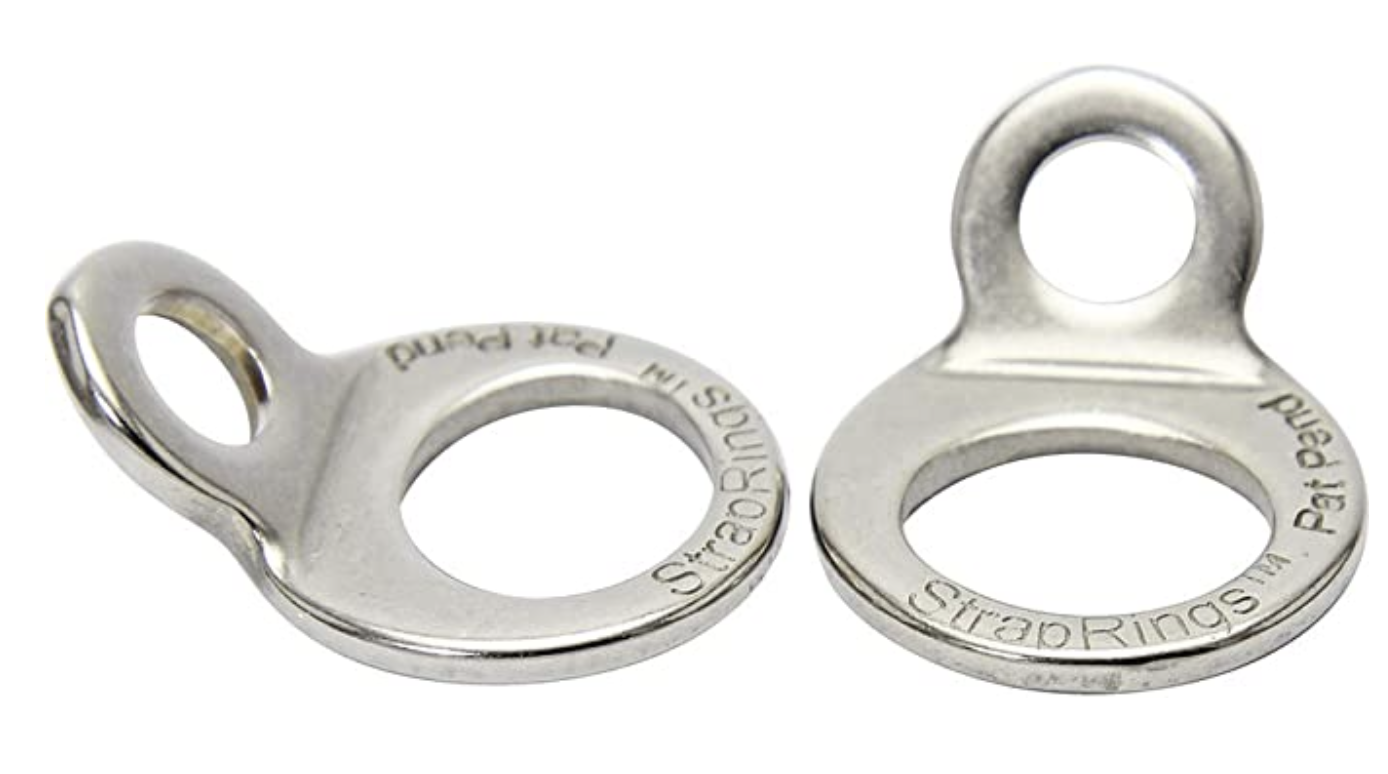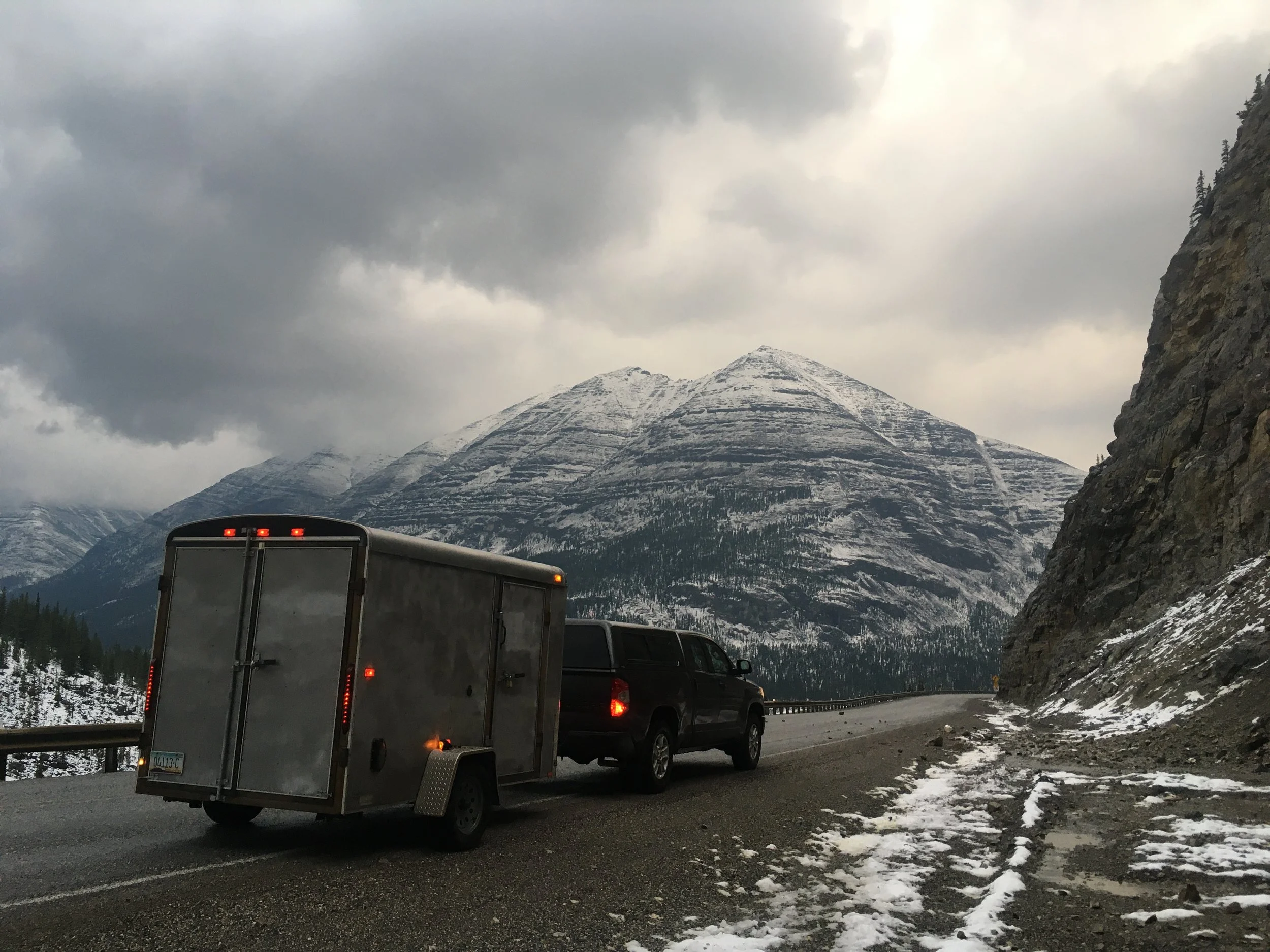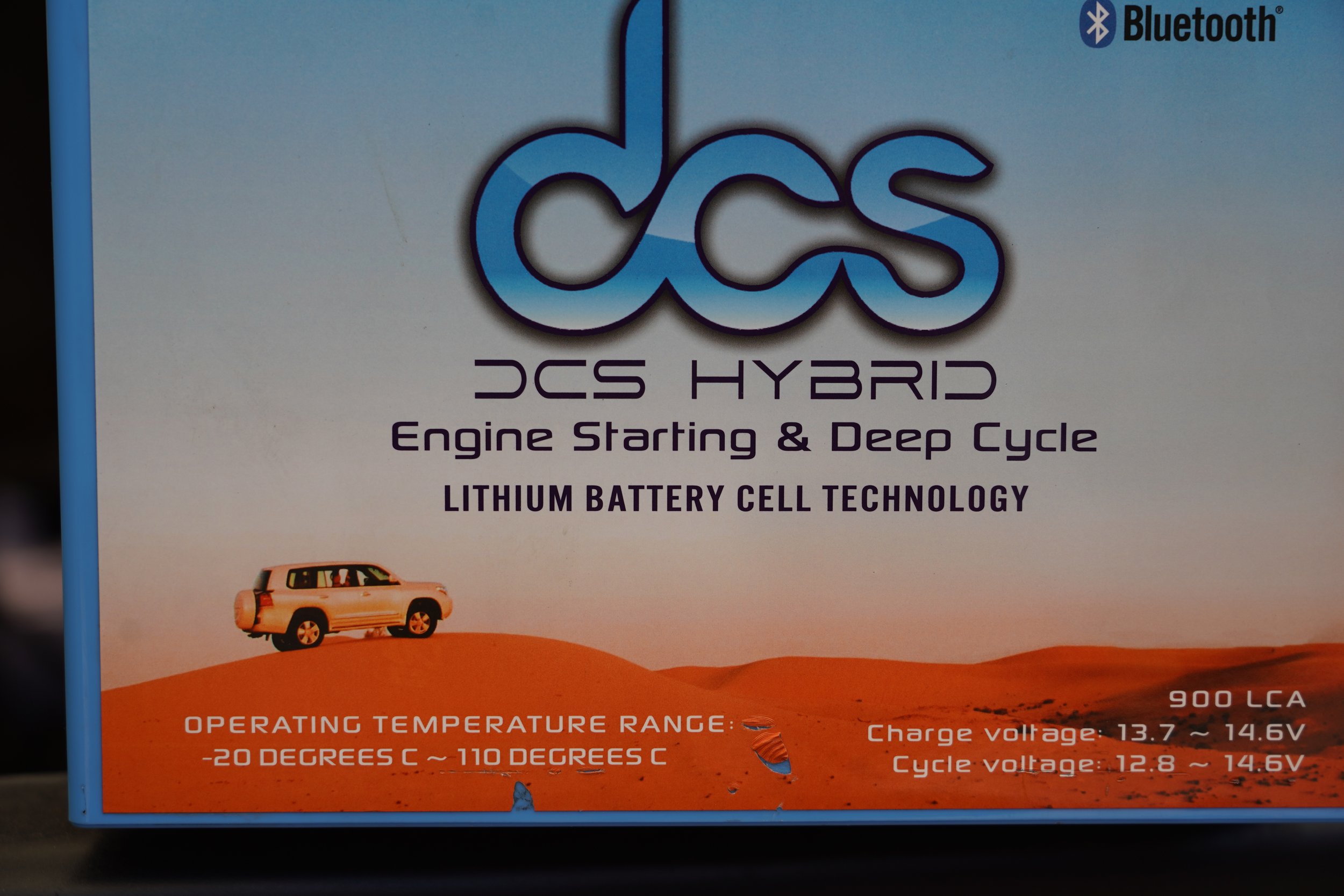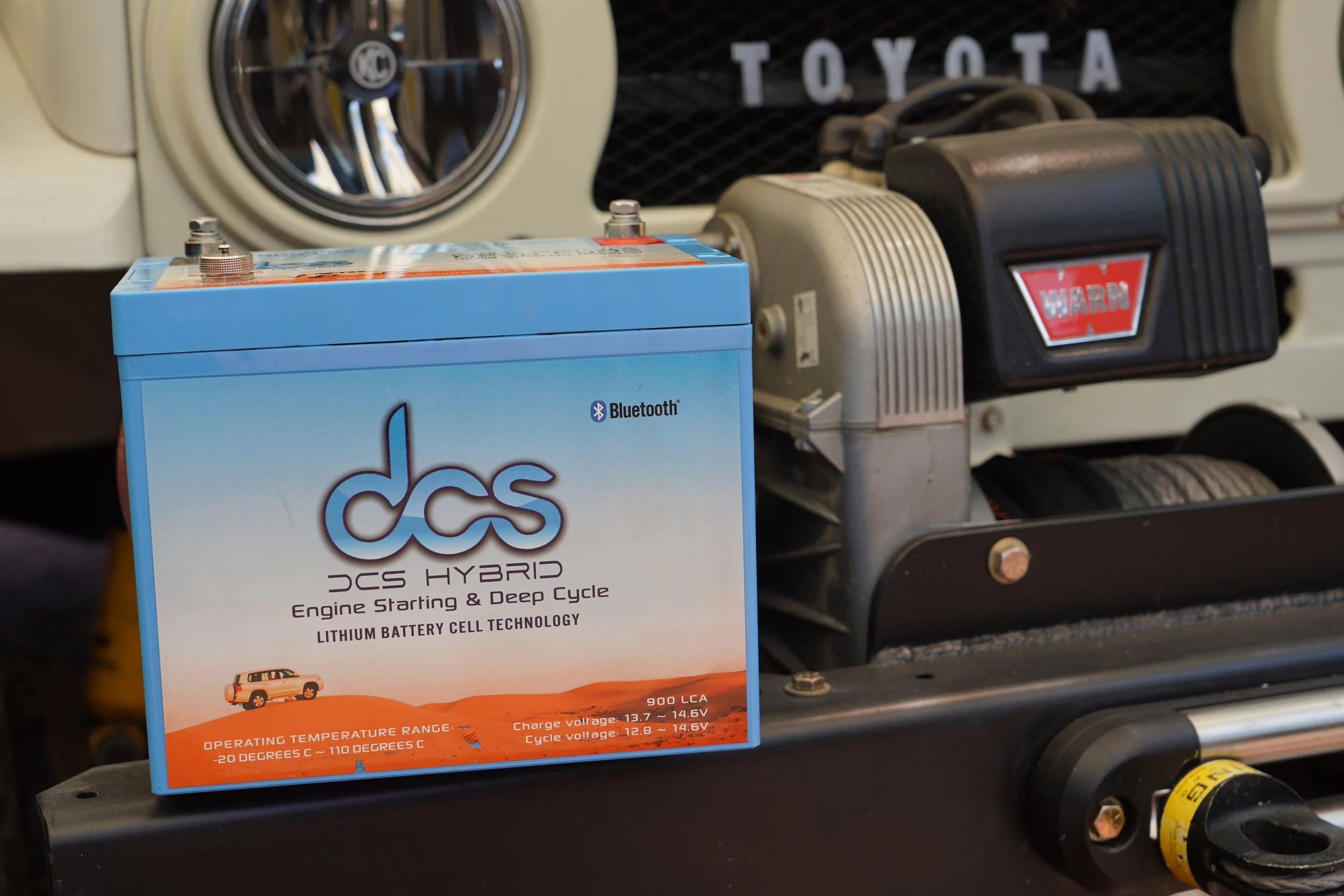
Overland Tech and Travel
Advice from the world's
most experienced overlanders
tests, reviews, opinion, and more
Catastrophic engine failures in 2021 Ford Broncos
I’m really glad this didn’t happen to the Bronco I reviewed earlier this year.
The National Highway Traffic Safety Administration is investigating a series of engine failures in 2021 Ford Broncos equipped with the 2.7-liter V6 engine. The issue (according to Ford) apparently involves faulty valve keepers, which can come loose, in turn allowing the valves to impact the piston, with predictably unpleasant results.
The investigation encompasses over 25,000 vehicles, and began following complaints by 32 owners who experienced abrupt losses of power in their new V6 Broncos—undoubtedly accompanied by predictably unpleasant noises.
According to the Wall Street Journal, Ford has 45 open recalls so far in 2022, more than any other U.S. auto maker—in fact nearly twice as many as the second place manufacturer, Daimler Trucks North America.
Another hitch-ball "recovery," another fatality
(Full disclosure: I pulled this information and images off the Montana Overland and 4x4 Adventures Facebook page, and the Mojave County 4x4 Recovery page. I felt it was justified given the gravity of the event and its lessons. Thanks to Dave Anderson for the heads up.)
Ryan Robert Woods was killed when part of a hitch-ball assembly that broke free during a kinetic “recovery” flew back through his windshield and impacted his head. He had been driving his Ford Super Duty through a local, muddy play area when he became stuck and called a friend for assistance.
At first I thought, Here we go again. But on reading more details the situation was even worse than it seems. Ryan’s friend (reportedly an experienced 4x4 driver and racer) not only made the grievous mistake of using a hitch ball as the anchor point for the strap, it was a drop hitch, with a ball positioned a good ten inches below the receiver. This created a massive multiplication of force due to the leverage involved when the strap snapped taut. As you can see from the photo below, the entire assembly broke off at the receiver, creating a projectile easily ten or fifteen pounds in weight.
But even that’s not the end of the mistakes made here. According to the post, the strap was not a proper, nylon, kinetic strap with designed-in stretch, but a non-elastic polyester tow strap.
To complete the tragedy, Ryan’s wife of 23 years, along with their three children, were in the truck with him when he was killed. They will have to live with that scene in their heads for the rest of their lives.
Don’t use hitch balls for recovery purposes. Any recovery purposes. And don’t use non-kinetic straps for kinetic recoveries. Even if you’re towing someone across a parking lot, a kinetic strap or rope provides an extra measure of safety.
The Dometic CFX3-35 fridge: simple, perfect function
Roseann and I have owned our share of vehicles incorporating all the overlanding “mod cons,” as the Brits would say: Four Wheel Campers with internal showers, water heaters, dinettes, queen-size beds, fridge and sink, etc. Our HZJ75 Troop Carrier likewise has a pop-top with bed, cabinets, stove, fridge, pressure water, a 270-degree awning . . .
Last August and September, however, when we traveled to Alaska in part to do research for my second novel, we couldn’t drive up due to the continued border closure with Canada. Instead, we flew to Fairbanks with a lightweight camping outfit and rented a Suburban. And on a trip up the Dalton Highway we rediscovered the joys of basic camping. We slept (very comfortably) in the back of the vehicle in sleeping bags on top of Thermarests. We used a small single-burner stove for cooking, and we carried a 10x10-foot silnylon tarp for shade and rain protection. We did miss having a fridge, but otherwise the simplicity, and freedom from numerous complex infrastructure systems, had its own kind of attraction.
Thus, after buying a cool old cabin in Fairbanks and purchasing a 2014 Tundra for an Alaska vehicle, we decided (for the moment, at least!) to stay simple with this one. We bought a “Double Cab,” in Toyota speak—actually more like an extended extracab with a 6.5-foot bed—so we can sleep in the back. In the interests of fuel economy we installed an A.R.E. cab-height fiberglass shell, which still offers plenty of sit-up headroom. Further enhancements will be evaluated on an as-needed-or-desired basis.
One thing we didn’t want to do without was that fridge. Even in Alaska, the freedom from the ice-refill chore is a blessing. (Try buying ice along the 400 miles of the Dalton. Go ahead.) But in keeping with our semi-minimalist philosophy, we didn’t want an 80-liter National Luna with separate freezer compartment. All we wanted was room to keep beer and white wine cold, along with milk and cream, fresh vegetables, and meat. I wanted it to fit behind the driver’s seat of the Tundra with the 2/3 back seat flipped up. And I didn’t want to spend $2,000.
I found exactly what I wanted at Dometic. I’ve been paying more and more attention to the company in the last couple of years, as they’ve been introducing an avalanche of outstandingly well-designed new products, from fridges to chairs and tables and a clever water-carrying system, all of which actually stand out in a marketplace overfilled with undistinguished offerings.
The CFX3-35 is in many ways a throwback to the early days of the Engel, even though it supports a Bluetooth capability I’ll never use. The flat, step-onable lid incorporates a simple lifting latch—lift the latch and lift the lid. It opens lengthwise and lengthwise only. The spring-loaded handles also serve as tie-down points—no need for an optional kit. The display is clear and the controls make the owner’s manual redundant. An interior LED illuminates better than most interior lights I’ve used.
I drilled and bolted suitably strong tie-downs to the rear seat bases in the Tundra, using my favorite all-around tie-down loops: the comically named Canyon Dancer strap rings. (I did a real torture test of these here years ago. Forget the outdated links and just Google them if you want some. I keep a dozen at a time on hand because I’m always finding applications for them.)
To ensure the fridge remained powered without endangering starting capability, I installed a Genesis dual-battery kit, which fits entirely within the stock battery placement of any 2008-2021 Tundra. Look for a review soon.
On my subsequent 4,000-mile drive to Fairbanks (solo; Roseann was teaching a field arts class in Wyoming) with a cargo trailer full of household goods, the Dometic did just what it’s supposed to. I had cold beer or wine each night, cold cream for coffee and cold milk for cereal in the morning, and cold cold-cuts for lunch. Luxurious. (Speaking of luxurious, I slept in the back of the truck in one of Born Outdoor’s Badger Beds, about which much more later. In fact I’m still sleeping in it while I sort out the cabin.)
At under $1,000, I think the Dometic CFX3-35 is a solid buy. The line of course includes many other sizes, along with dual-zone units if you desire freezing capability along with refrigeration.
Dometic is here.
High-temperature-tolerant, winch-capable LiFePO4 batteries from DCS
Back in the late 1990s I wrote a review in Outside magazine comparing compact 35mm cameras with the new generation of digital cameras, which were just becoming practical alternatives for casual use. (Some of them employed sensors that were breaking the miraculous one-megapixel barrier.)
At the end of the review, I noted that digital images could not match those from 35mm film—but I predicted that someday they would, and that digital photography might eventually eclipse film imagery.
The editors cut out the prediction part because, they said, it was pure conjecture and they didn’t want to annoy advertisers who manufactured only film cameras.
That was then; this is now: I have my own site and no editor to veto predictions. But I think my next one is easy: For the serious overland traveler, LiFePO4 or LFP (Lithium Iron Phosphate, or just “Lithium”) batteries are on the way to becoming the standard power source for “house” batteries—that is, those used to run fridges, lights, inverters, etc.—and probably for starting and winching use as well.
The reason is not the one most commonly cited—weight savings—even though replacing two AGM batteries with Antigravity LiFePO4 starting and deep-cycle batteries in our HZJ75 Troop Carrier almost exactly offset the weight of our National Luna Weekender fridge/freezer. The real advantage to lithium cells is their far higher energy density and flat power delivery compared to AGM or SLA batteries, combined with a discharge/recharge lifespan far, far longer than AGM batteries—enough to completely amortize the higher initial cost and then some. On top of that is their ability to accept charge at a far higher rate than possible with lead-based batteries. Please read this first if you’re not familiar with these characteristics.
Note that I wrote “on the way to becoming,” not, “have become,” because until now LiFePO4 technology has had a couple of significant drawbacks compared to AGM batteries.
I don’t count the higher price, since as mentioned a buyer can expect to recover the difference fully in extra lifespan. The two main drawbacks of current lithium batteries are, 1) their sensitivity to temperature extremes, both hot and cold, and, b) their inability to deliver the kind of extended high amperage needed for winching use.
However, just as with digital imaging, we can expect manufacturers to continue innovating and expanding the capabilities of LiFePO4 technology. And one of the first companies doing so is the Australian company DCS (Deep Cycle Systems), distributed in the U.S. by Carl Jonsson at Tiktaalik. I recently had a couple of weeks with one of their combination starting/deep-cycle batteries, and hope to do a full review of a dual-battery system this fall.
What’s improved on the DCS battery? Most LiFePO4 batteries can only accept a charge at temperatures between about 25ºF and 125ºF (-4ºC to 52ºC), and can only discharge (produce power) at temperatures between -4ºF and 130ºF (-25ºC to 55ºC). The DCS battery has similar lower limits, but it will accept charge at temperatures up to 149ºF (65ºC) and can produce power at a scorching 230ºF (110ºC). I consider that a massive jump in performance parameters, especially if, as I, you live in a desert.
Additionally, DCS offers an “Extreme” version of their basic model, designed for “military and naval applications,” and advertised as “well suited for engine bay installation and winching applications.” That would be another massive jump in performance. I can hardly wait to hook up the FJ40’s Warn 8274 to one of those and give it a workout on a training weekend.
As is the norm with so many products recently—especially those produced on other continents—Jonsson is striving to ramp up availability on a full line ranging from a single 50AH battery to a 260AH dual system. Find out more and keep an eye on incoming stock at Tiktaalik, here.
Hint: When using “Search,” if nothing comes up, reload the page, this usually works. Also, our “Comment” button is on strike thanks to Squarespace, which is proving to be difficult to use! Please email me with comments!
Overland Tech & Travel brings you in-depth overland equipment tests, reviews, news, travel tips, & stories from the best overlanding experts on the planet. Follow or subscribe (below) to keep up to date.
Have a question for Jonathan? Send him an email [click here].
SUBSCRIBE
CLICK HERE to subscribe to Jonathan’s email list; we send once or twice a month, usually Sunday morning for your weekend reading pleasure.
Overland Tech and Travel is curated by Jonathan Hanson, co-founder and former co-owner of the Overland Expo. Jonathan segued from a misspent youth almost directly into a misspent adulthood, cleverly sidestepping any chance of a normal career track or a secure retirement by becoming a freelance writer, working for Outside, National Geographic Adventure, and nearly two dozen other publications. He co-founded Overland Journal in 2007 and was its executive editor until 2011, when he left and sold his shares in the company. His travels encompass explorations on land and sea on six continents, by foot, bicycle, sea kayak, motorcycle, and four-wheel-drive vehicle. He has published a dozen books, several with his wife, Roseann Hanson, gaining several obscure non-cash awards along the way, and is the co-author of the fourth edition of Tom Sheppard's overlanding bible, the Vehicle-dependent Expedition Guide.



